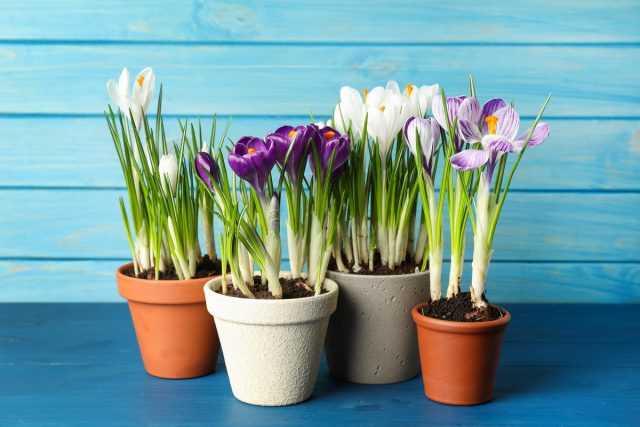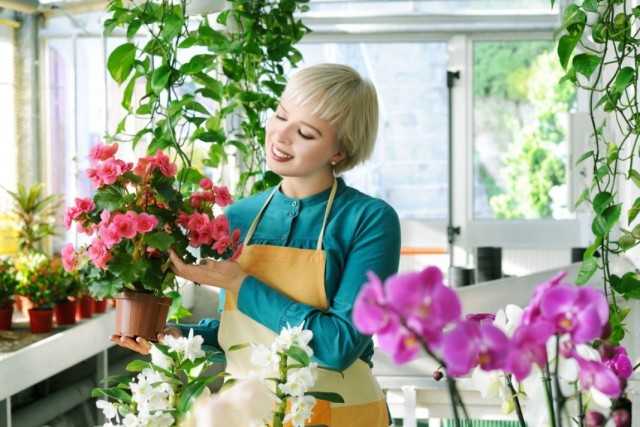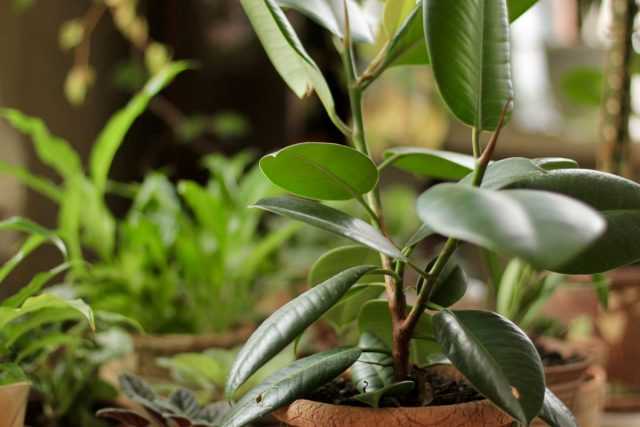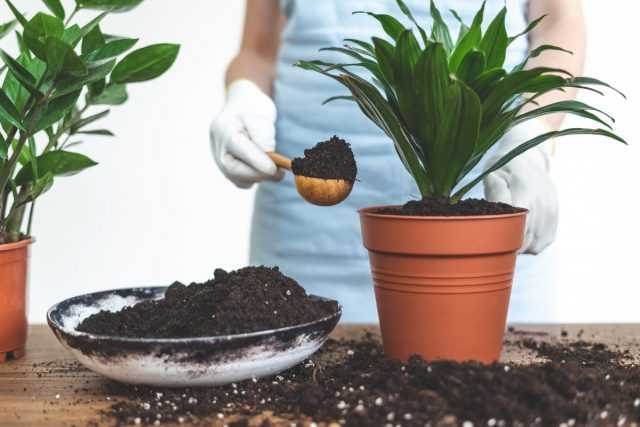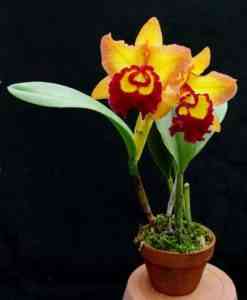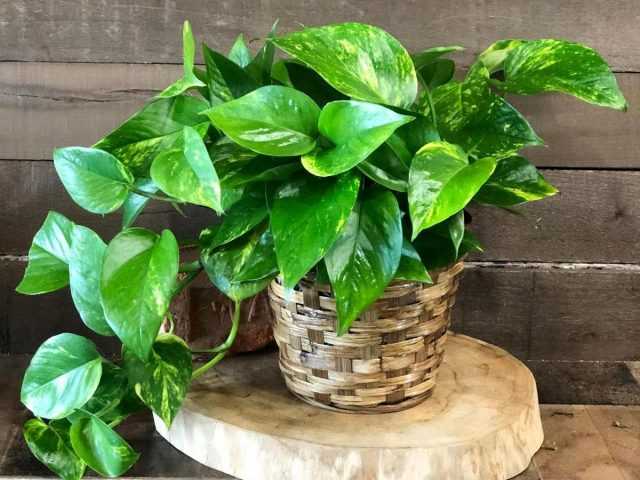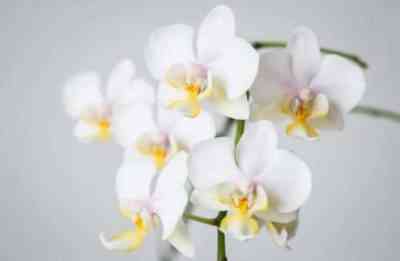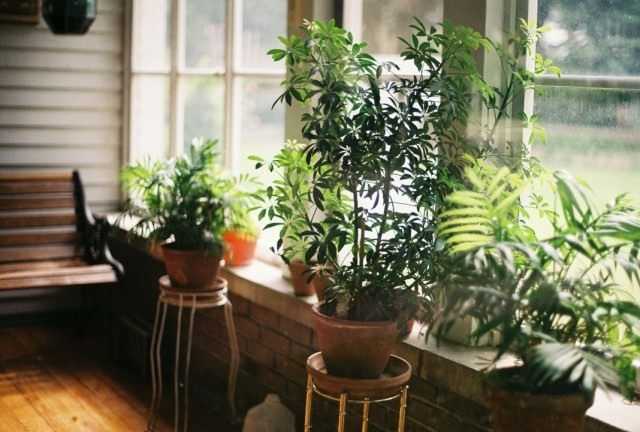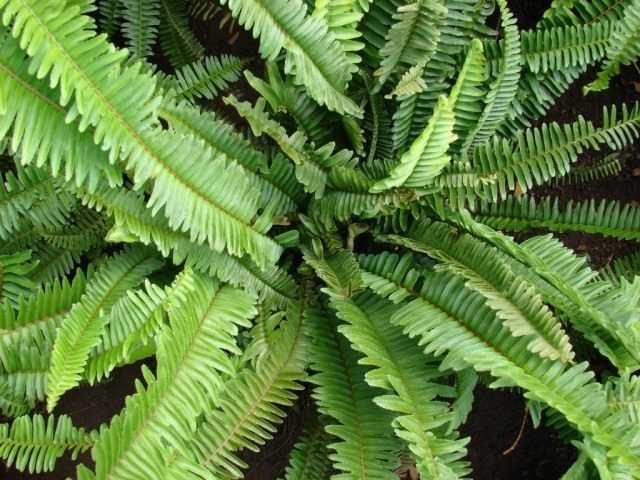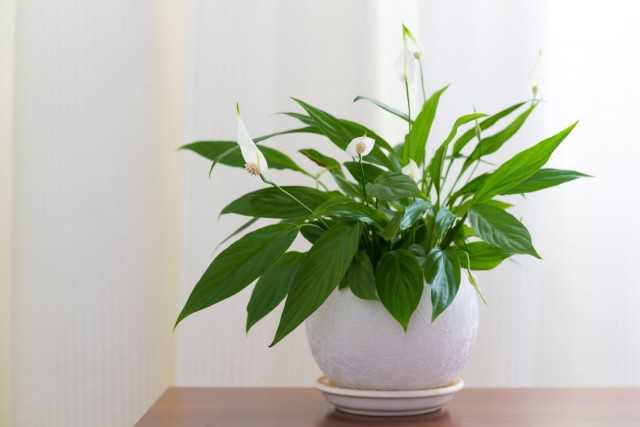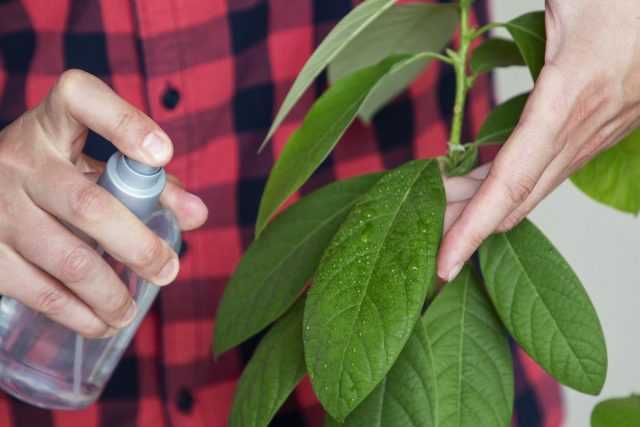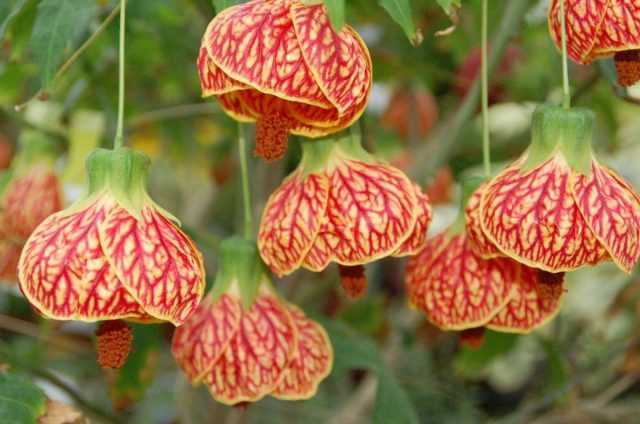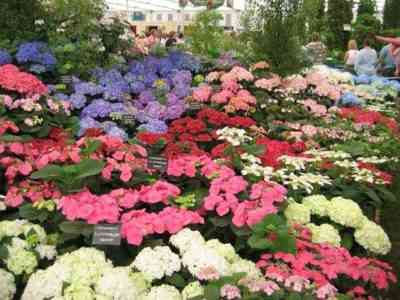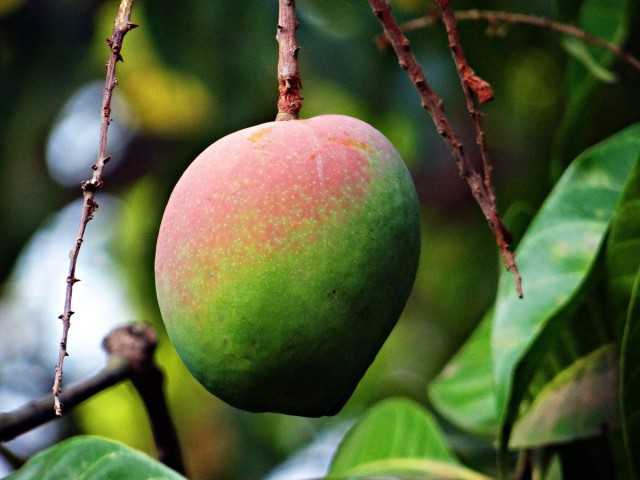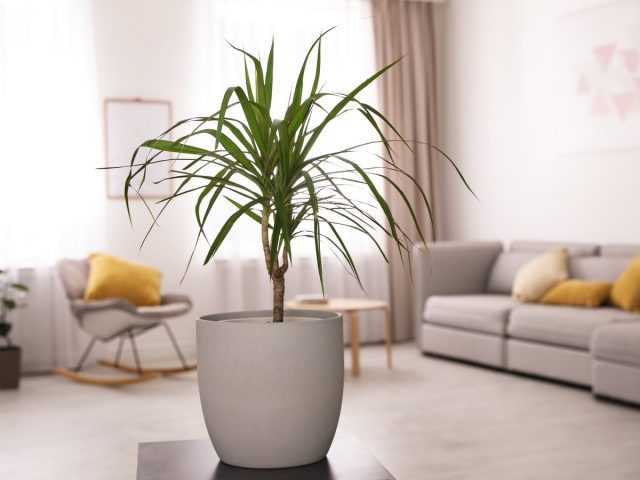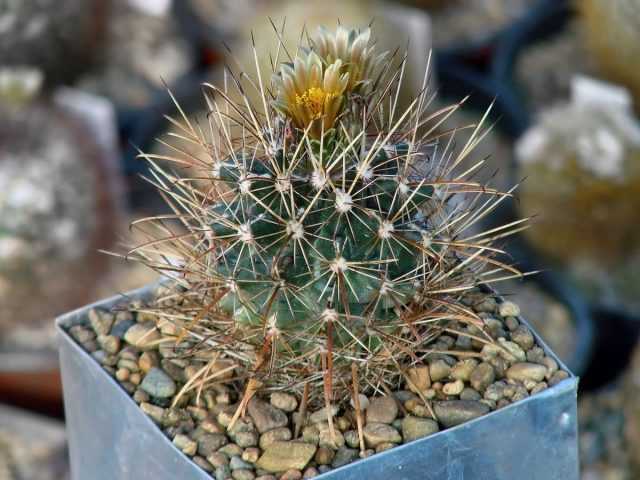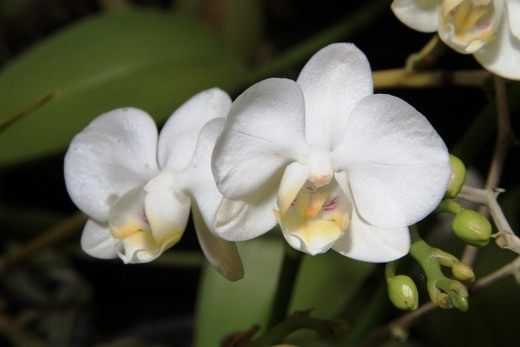Probably every florist, and not only a beginner, once “lost” his indoor flowers, and this happened, most likely, in winter. A cold windowsill, hot dry air from batteries, drafts and excessive watering are common causes of plant death in winter. Improper organization of winter dormancy may not immediately destroy the plant, but it will negatively affect its general development and subsequent flowering. Many indoor plants bloom and grow, albeit at a slower pace and during the cold season, but most flowers need a dormant period. This article will tell you about the features of wintering our indoor pets.
Features of wintering indoor plants
Contents:
Indoor flowers that do not require special conditions in winter
Many of the plants in our homes come from the rainforests of South America and Asia. In these areas, there are no abrupt transitions from warm to cold – throughout the year, the temperature and humidity of the air are approximately the same. Therefore, our indoor “tropicans” usually grow all year round, without respite. The most popular representatives of the tropics in our homes are:
- dieffenbachia;
- monstera;
- syngonium;
- scindapsus;
- ficuses;
- dracaena;
- reo;
- aglaonema;
- allocation.
All these plants do not require special winter conditions. However, so that the flowers do not lose their attractiveness, you also need to create a certain comfort for them, because the climate in our apartments changes greatly with the onset of cold weather.
In the winter season, many indoor plants do not need feeding, therefore we do not apply fertilizer from October to March.
If the flower pot is on the windowsill, you need to provide warmth to the roots. This requires install containers with plants on heat-insulating material – wood or foam panel. If this is not possible, remove the flower from the windowsill and place it near the window.
In the cold season, indoor plants often die from over-watering, since the air temperature is higher than the soil temperature, and the roots that are in the cold work worse. Therefore, an indispensable condition for successful wintering – reduce watering. Always let the topsoil dry out.
Heating devices, no matter how beautiful and environmentally friendly they are, dry the air. Dried leaf tips signal the need to increase humidity. Tropical plants needed spray daily and preferably several times a day. To increase the humidity, the flower pot can be placed in a tray with water. So that the bottom of the pot does not touch the water, pebbles are poured into the pan and a flower is already placed on it. Many flower growers install open flat containers of water on batteries. The heat evaporates the water, increasing the humidity in the room.
Since tropical plants, most often, continue to grow in winter – they need good lighting… From a lack of light, the shoots are stretched, the internodes are lengthened, and the whole plant becomes pale and frail. Therefore, the southern window is an ideal option, and if there is a possibility of additional lighting, then with the help of a phytolamp, you can increase the duration of daylight hours, including it by two hours in the morning and evening. Sometimes growers use fluorescent lamps, but to achieve the effect, it should be placed about 20 cm from the plants, which is not always convenient.
The optimum temperature for tropical plants in winter is + 18 … + 22оC. Watering and spraying indoor flowers in the winter should be separated water at room temperature or slightly warmer.

Plants that need relative winter rest
A large group of indoor plants is represented by immigrants from the subtropics. Among them there are decorative deciduous shrubs, evergreen vines, and beautifully flowering herbaceous plants – the variety of shapes and colors is amazing.
Often, having met such beauty in a store, an unlucky amateur buys a flower without asking what conditions are required for its maintenance. Meanwhile, this group of plants, regardless of whether it comes from dry or humid subtropics, needs winter rest.
To bring the wintering conditions of subtropical plants closer to natural conditions, it is necessary to lower the air temperature to + 15 … + 16оC. It is best to place pots with these flowers on a non-south-facing window. The bright sun is contraindicated for them, but the humidity of the air must be increased by any means.
But spraying is not suitable for all flowers, especially in the cold season. Spots may appear on the leaves, and in rosette flowers, the core often rots from the ingress of water. Therefore, it is better to use pebble trays filled with water, humidifiers, or cover the battery in the room with a damp towel.
Watering in a cool environment should be especially careful. It is necessary to let the soil dry out and always dig the soil in the pot before watering. If it is dry under the top layer, you can water it.
Flowers wintering in a cool room do not need additional lighting. Top dressing is also excluded until spring. If all these conditions are met, the growth of plants will stop, and this is exactly what a dormant period is for.
Popular shrubs and trees native to dry subtropics:
- cordyline;
- fuchsia;
- many types of begonias;
- bugenvillea;
- oleander;
- tradescantia;
- pelargonium;
- chlorophytum.

Coming from the humid subtropics
- azalea;
- amaryllis;
- hibiscus;
- asparagus;
- aspidistra;
- ferns;
- хоя мястая.
Desert dwellers
Inhabitants of the desert, succulents and cacti are the most unpretentious, at first glance, indoor pets also need winter rest. This group of plants winters well in a cool sunny window with rare, or rather, very rare waterings. This procedure should be more like a light moistening of the soil than watering.
Optimum air temperature + 13 … + 18оC, humidity – what it is. If it is not possible to create suitable conditions, then cacti and succulents will continue to grow, and due to lack of lighting they will stretch out and lose their rich color.
Features of winter dormancy of orchids
Orchids are very popular recently in indoor floriculture. Beautiful plants with beautiful long-lasting flowers have won the hearts of even people far from floriculture. Wintering of representatives of this group largely depends on the type of plant.
Phalaenopsis is the most common type of orchid; when kept in winter, it prefers bright lighting, often with additional lighting. Air temperature + 16 … + 20оC and occasional watering by immersing the pot in water. Top dressing is given no more than once a month and with a lower concentration than in summer. The same conditions are suitable for other orchids with a mild dormant period – miltonia and pafiopedilum, dendrobium, lelia.

Plants requiring complete rest in winter
Some orchids (certain types of dendrobiums, tunias and playones) need complete rest during the winter. The leaves of these plants die off for the winter, so watering is gradually reduced to naught, allowing the earthen coma to dry out completely. The ideal air temperature is from 8оFrom to10оC. Lighting – bright.
Plants such as hippeastrum and gloxinia also need absolute rest in winter. Leaves and stems die off by the end of the growing season, and all processes in tubers and bulbs slow down. After complete drying, the leaves must be removed, and the pot with the plant should be covered with a saucer or a plastic bag with holes and removed to a dark place with an air temperature of + 12 … + 15оC. If there is no such place in the apartment, you can put the container in a black plastic bag and leave it on a cool windowsill, away from the battery.
From time to time, the soil in the pots is slightly moistened to prevent the coma from drying out completely. With the beginning of spring, tubers and bulbs are transplanted into a new substrate, slightly moistened and placed on a light window. With the advent of sprouts, they begin to give top dressing.
Florarium is the best solution for winter keeping plants
Miniature flowers can be placed in florariums for the winter. Often, for these purposes, ordinary aquariums of various shapes are used, since special glass pavilions for indoor flowers are very expensive. Most plants in such conditions feel great not only in the winter season.
The special microclimate creates optimal conditions for the growth of flowers – the absence of drafts, high humidity and a stable temperature are liked by most indoor residents. A well-created composition of various species will become a charming interior decoration.

Diseases and pests of “indoor” in winter
In the winter season, our indoor inhabitants are threatened by diseases and pests. Flowers that winter on cold window sills may experience various rot, since dampness and low temperatures create favorable conditions for the development of fungi. Therefore, careful watering is the main prevention of such diseases.
In rooms with low humidity, spider mites and worms, lovers of dry air, are activated. Therefore, it is necessary to try by all means to increase the humidity, and if the pests have already appeared, then treat the plants with an insecticide. For indoor plants, it is best to use biological agents such as Fitoverm or Avertin N. For humans and pets, these products are of little toxicity, and they are quite effective against pests.
Conclusion. For most indoor plants, it is not so difficult to provide winter peace – the main thing is to know where they come from and how they winter in natural conditions. Therefore, when buying a flower, ask the seller how to care for the plant not only in summer, but also in winter, and only after that, assessing your capabilities, make a purchase.
After all, if you are not ready to spend your time and efforts on growing your favorite, but capricious plant, you can choose an unpretentious, but no less beautiful flower that will delight you for many years.

